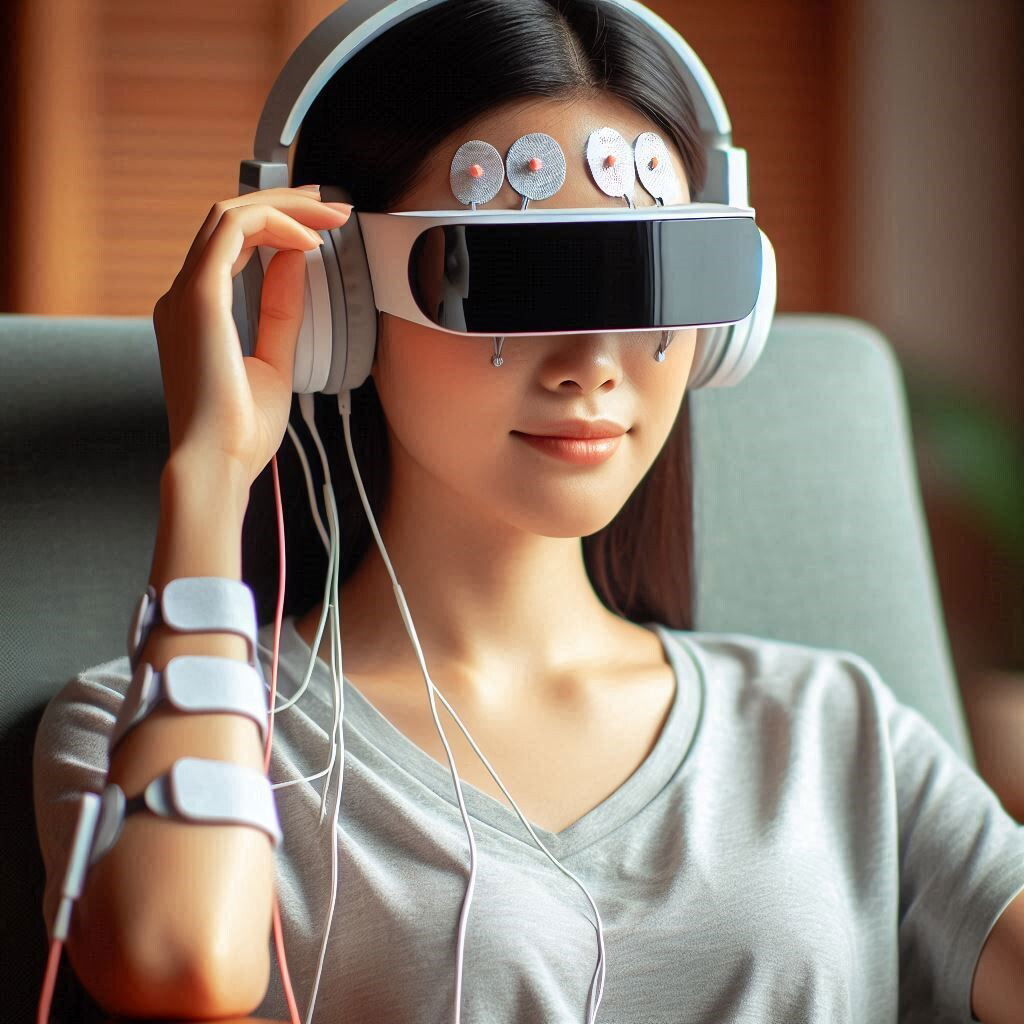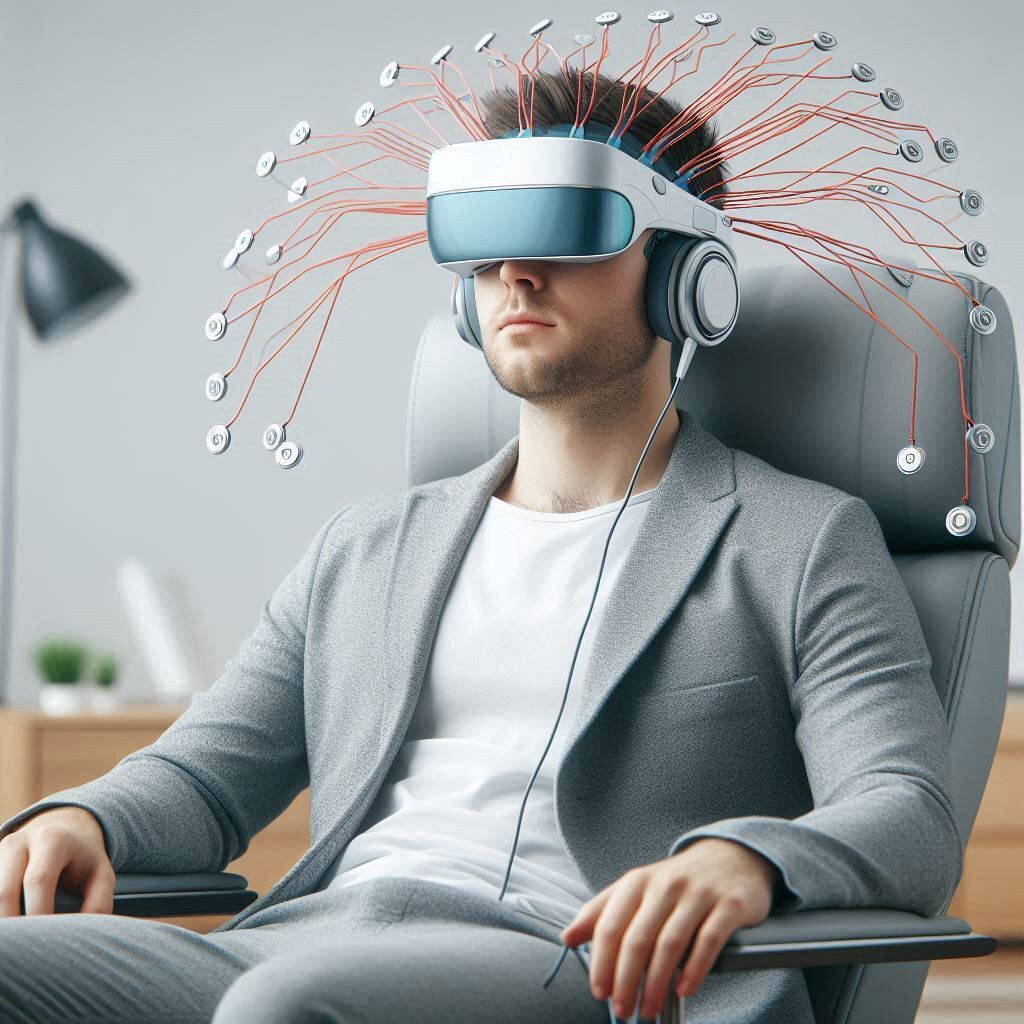Discovering the Future of Mental Health: Augmented Depression Therapy

Introduction
For millions across the United States, depression is a detriment that robs them of their quality of life. Though treatment measures have been available for a long time—such as medication and psychotherapy—many continue to suffer from depression and struggle to manage it. This is where an augmented depression therapy approach steps in—a trendsetting method that combines standard practice and technology to enhance the quality of care. Read the article to learn more about the novel approach of augmented depression therapy, its benefits, and techniques in mental healthcare.
Understanding Augmented Depression Therapy
Augmented depression therapy relies on incorporating technologically advanced tools in traditional therapy to provide a more complete depression treatment process. The new approach often relies on utilizing such technologies, as virtual reality, artificial intelligence, and biofeedback, providing a more engaging and personal approach and enabling real-time response to patients on the therapist’s side.
The Evolution of Depression Treatment
Traditionally, many therapists depended on two elements of depression treatment—psychotherapy and pharmacotherapy. Though these remain highly effective for many patients, the issue remains that approaches cannot respond effectively to the unique needs of every patient quickly. Augmented reality provides a novel, more personal approach to treating depression.
Key Components of Augmented Depression Therapy
Virtual Reality Therapy
The therapy relies on immersing the patient in artificial, virtual environments to help alleviate their anxiety and stress, as well as enhance their mood. Such immersion helps patients achieve a sense of presence and allows them to confront their fears and stressors, gradually getting used to things they do and practicing overcoming them.
Artificial Intelligence
AI contributes to augmented therapy through analyzing patient information and predicting outcomes of the treatment to offer personalized interventions. In addition, AI-based chatbots and virtual assistants can provide instant help to the patient. They can stay in touch with the person between sessions and measure his or her progress in the course of the treatment. Biofeedback and Wearable Devices: Wearable tools and biofeedback equipment collect information about the patient’s physiological signals such as heart rate or skin conductance thus providing real-time data on his or her emotional state. Therapists use this information to adjust the treatment plan, and patients learn better self-awareness and regulation of their emotions.
Advantages and Benefits of Augmented Depression Therapy
Highly Personalized Treatment Plan
As the therapy draws on the information about the particular patient such as his or her physiological signals, the effectiveness of the interventions is much higher.
Enhanced Engagement
For many patients, an application or VR therapy would be more engaging than traditional treatment. The individual would be motivated to follow instruction and adhere to the treatment plan that would lead to better results.
Real-Time Feedback
As the patient is constantly monitored and the therapist receives real-time information on his or her state, there is a guarantee of immediate adjustment of the treatment plan according to the actual needs of the patient.
Accessibility and Convenience
AI-powered mechanisms can be used on a wider scale, especially in the context of providing mental services to underserved, deprived, and remote communities. Accommodated on the web, the chatbots and virtual therapists work on a 24/7 schedule, adapting to the availability of users and leveling limitations such as geographical locality, time frame, lack of specialists, and social stigma. Moreover, the AI interventions are customized and research-oriented, which ensures that every user receives a proper form of intervention. Also, AI allows organizing continuous supervision, data analysis, and early detection of potential issues if any. Thus, by enhancing these abilities, the technology ultimately improves the treatment results and patient engagement.
Better Comfort of One’s Home The technological support lets patients avoid frequent visits to the therapist’s office and get treatment staying at home. The distance and discomfort are no longer barriers to getting psychological help.
How to Introduce and Get Help with an Augmented Depression Therapy?
- Initial Examination and Preparation: The first stage of the augmented depression therapy is the assessment of the patient which helps to determine the conditions and main problems the person is experiencing. The data is used to develop a personalized roadmap for the tech tools and treatment plan.
- Integrated Use: The second aspect of the issue to keep in mind is the fact that the augmented depression therapy is appropriate in combination with the traditional therapy. It is supposed to help apply the tools the clinician already uses in a more effective way.
- Continuous Real-Time Monitoring: the third aspect that should be mentioned is that the wearables and biofeedback tools constantly measure the physiological and emotional states of the patient and let the therapist adjust the treatment accordingly.
Augmented depression therapy has proven its effectiveness based on the outcomes of several case studies. One of these studies revealed that VR exposure therapies result in the reduction of anxiety and depressive symptoms. Moreover, one patient became more emotionally stable and adherent to their treatment plan due to AI-driven interventions. Nevertheless, several challenges should also be taken into account.
Challenges
- Privacy and Security: The integration of technology and therapy raises concerns about patient data and experience privacy. Thus, security measures and ensuring confidentiality are the key concerns for developers and the application of such treatments.
- Cost and Accessibility: Despite its benefits, augmented depression therapy raises concerns with the cost of implementing appropriate tools. Many patients cannot afford the latter, which creates barriers to the wide application of these technologies and solutions.
- Training and Adaptation: Therapists should have the required skills to integrate these and other technologies into their practice. Lifelong education and adaptation are essential to guarantee that therapists are upgraded with the new tools and advances.
Considerations
The future of augmented depression therapy appears to be promising due to alternative research and more sophisticated solutions and technologies. For example, further studies will focus on more advanced AI-driven predictive analytics, refined VR solutions, and more sophisticated biofeedback applications. As for now, the technology helps to address these issues and offer better depression therapy. There is evidence that augmented depression therapy does help improve the treatment outcomes. The first benefit is that patients are more engaged and active in the therapy sessions. Second, augmented therapy implies access to data in real time. Finally, such therapy is individual, as it adapts to patient outcomes.
FAQS
Q1. What role does artificial intelligence play in augmented depression therapy?
Artificial intelligence is exercising data obtained from patients who have been undergoing treatment. It uses this data to predict the potential results of the treatment and subsequently to offer individual support to the patient. Furthermore, patients have constant support through chatbots and virtual assistants.
Q2. Are there any risks associated with augmented depression therapy?
The side effects are minimum or absent, but multiple concerns arise. First, there is still an issue of data privacy and security. Finally, technological tools are not cheap, and people may not be able to afford it.
Q3. Can it be applied to other mental health conditions?
Sure, the principles can be applied. These subservient mental health conditions are anxiety, phobias, PTSD.
Conclusion
To sum up, augmented therapy is a major breakthrough in the way mental health disorders are treated nowadays. On one hand, it helps people take advantage of modern technological achievements; on the other hand, the therapy is built around traditional methods. Additionally, it significantly boosts the efficiency of the treatment while making it more personalized and pleasant for the patient. Moreover, as technological advancements progress, other mental health diseases can be treated accordingly using the same approach.
